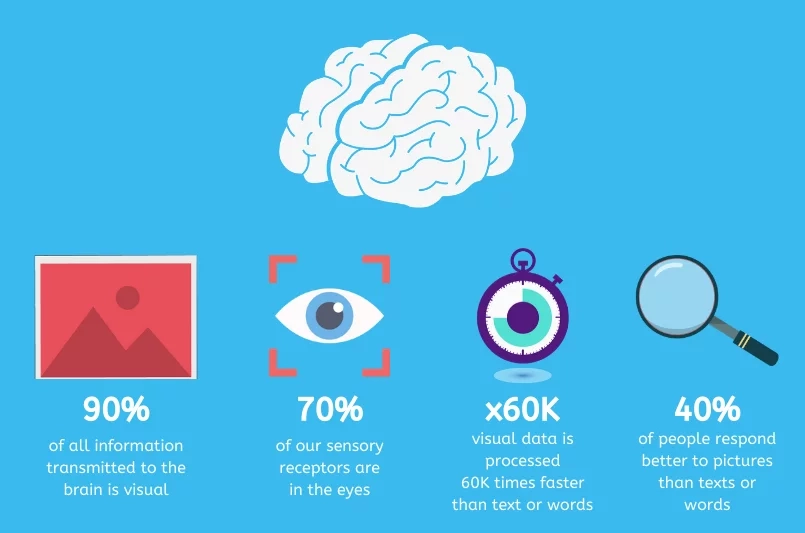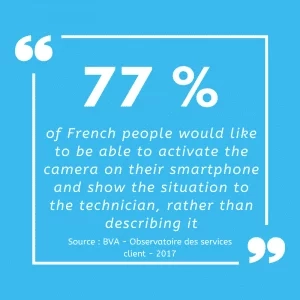
We are witnessing a transformation of current practices in customer support. Brands are increasingly looking to adapt to customer requirements and integrate new technologies on new contact channels. Among these new channels, the visual assistance is proving to be a very interesting practice. It allows customers to simply show their problem to the technician instead of spending time trying to find the words to describe it. With this practice, it is possible to increase the resolution rate on the 1st call and improve customer satisfaction.
Our current business models are becoming more customer-centric. Customer service becomes a differentiating factor for the different players and brands. Not surprisingly, customer satisfaction has become one of the key performance indicators for most relationship and customer support centers.
How does the remote customer support work?
Remote customer support relies on collaboration between an agent and a customer to solve a technical problem. During the support process, the agent and the client form a team with a common purpose. In one side, the agent has the knowledge to solve the problem and communicate it to the customer. In the other side, the client must execute a sequence of actions to solve the problem.
Typical remote customer support models rely on a telephone call, especially in call centres. But this type of support is based on an oral language. Agents and clients use words to communicate visual information and mechanical actions. Too often, the understanding difficulties result in mutual frustration leading to failure.
The added value of showing rather than saying
Visual communication uses intuitive gestures such as showing and pointing. Video-conferencing is great for contact centers because it allows agents and customers to communicate information faster and to avoid wrong diagnostics or manipulation.
The visual is more concrete and easier to memorize. Words, on the other hand, are abstract and more difficult to remember for the brain. When it comes to reading or hearing words, there must be a mental treatment that lengthens the comprehension time.
Although we use words to improve communication, we treat visual information more effectively than text or spoken words.

Integrate visual assistance to remote customer support
The idea of visual assistance was born from the observation that the visual support eliminates the long cognitive process used to understand the spoken instructions. With visual assistance, you don’t need to try to find the words to explain a problem, just show it to the technical support agent.
This observation is confirmed by a study conducted by BVA according to which 77% of French people would like to be able to activate the camera on their smartphone and show the situation to the technician, rather than describing it.

However, for this type of remote assistance to be successful, it is important to consider the current practices of mobile users and the customer experiences. For example, it is known that mobile users download few single-use applications and that this type of downloading can be a source of friction for the customer. The most suitable is to offer this type of service in the form of a webapp. This type of solution also has the advantage of being much less intrusive because it does not collect personal data.
To start a video communication with the agent, the customer receives an SMS or an email, and a simple click is enough to start the video-assistance session.
The agent will then access the camera of the client device and the client can show his problem. The agent guides the client as well as he was on-site and sees everything in real time, which avoids asking tedious questions or giving indications that may seem unclear.
In addition to viewing the client’s environment, tools such as remote snapshots, image annotations, video pointer, and documentation sharing allow a faster diagnostic and even a resolution of the problem remotely.

![[CX Industry Voices] Interview with Claire Boscq](/scripts/files/685be577407c05.79748508/claire-boscq.png)

![[CX Industry Voices] Interview with Simon Macklin](/scripts/files/6853c1e544e284.60938932/simon-macklin.png)